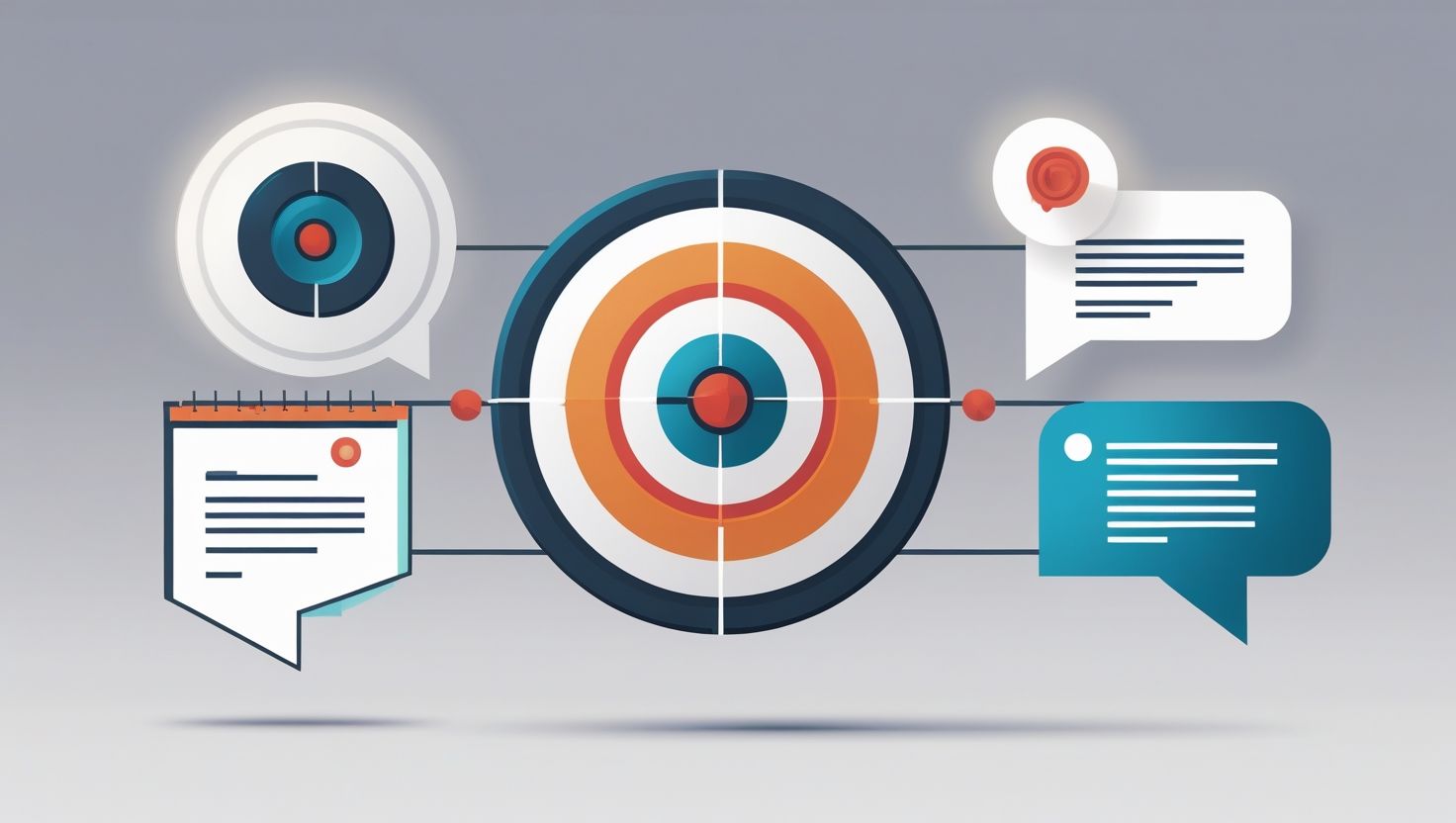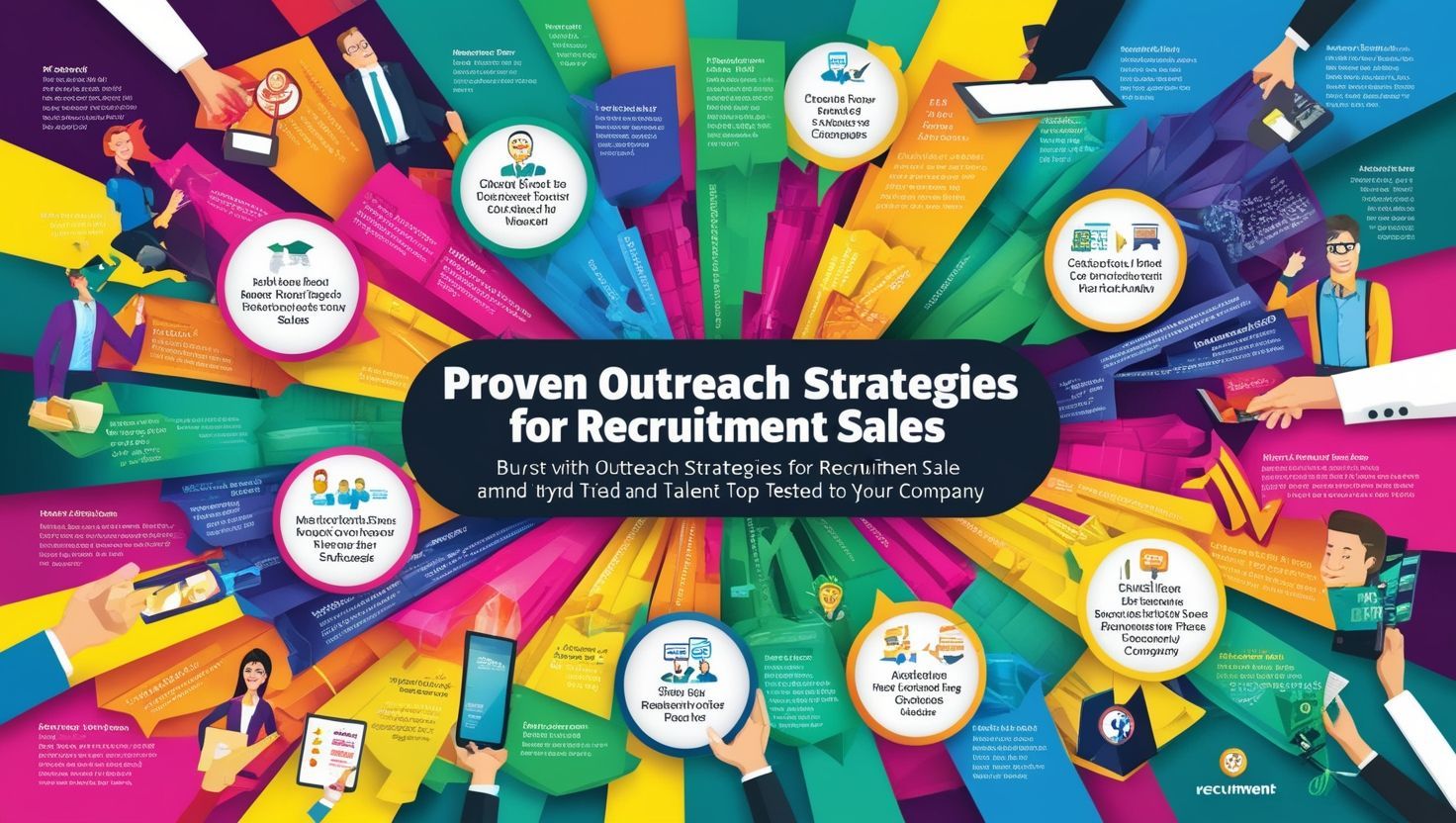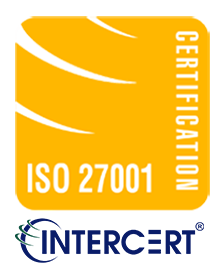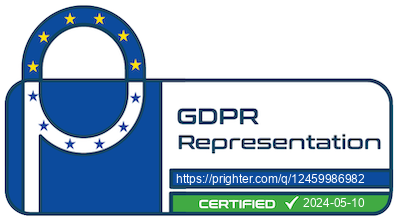AI in Recruitment: The Future of Hiring, Sourcing, and Employer Branding
The recruitment industry is no stranger to transformation, but the ongoing integration of Artificial Intelligence (AI) is setting new standards. AI is revolutionising how recruiters attract, engage, and hire talent, making processes smarter, faster, and more efficient. For recruitment agencies and organisations that embrace these changes, the future is full of opportunities.
In this blog, we’ll delve into how AI is reshaping talent acquisition, share practical tips for optimising its use, and offer a glimpse into our upcoming EBook: "The AI Revolution: The Complete Guide to AI for Recruitment Success in 2025". Stick around for actionable insights you can start using today!
Employer Branding Through AI: A Competitive Advantage
For recruitment agencies, employer branding isn’t just about attracting candidates- it’s about positioning themselves as the ultimate hiring partner to employers while helping those employers enhance their own brand appeal. AI provides a unique opportunity to elevate this dual-purpose branding.
1. Helping Employers Build Stronger Brands
AI-driven tools empower recruitment agencies to assist employers in showcasing their culture, values, and opportunities. This is achieved by:
- Creating Personalised Employer Campaigns: AI analyses hiring data and market trends to craft tailored employer branding strategies, ensuring companies resonate with the right candidates.
- Optimising Employer Content: Using AI tools to generate SEO-friendly job descriptions, multimedia content, and social media posts that highlight an employer’s unique strengths.
- Promoting Inclusivity: AI helps remove bias from employer-facing materials, ensuring that job postings and company content align with diversity and equity goals.
2. Positioning Agencies as Branding Partners
Recruitment agencies can use AI to enhance their reputation with employers by becoming strategic branding advisors:
- Analytics to Improve Branding Outcomes: AI provides insights into which branding efforts are driving results—helping employers refine their messaging and make data-backed improvements.
- Showcasing Success Stories: AI tools allow agencies to compile case studies and testimonials that demonstrate how they’ve helped employers build their brand while successfully filling critical roles.
- Delivering Consistent Results: By automating content generation and job posting optimisation, AI ensures that branding remains consistent across platforms, reinforcing trust in the agency’s expertise.
3. Amplifying Visibility Through Employer Branding
AI enables agencies to not only support employer branding but also position themselves as key players in the branding process. By integrating AI-driven tools, agencies can enhance the visibility of both their clients’ brands and their own reputation as trusted partners.
Example: Imagine an employer working with an AI-powered recruitment agency that helps them promote an inclusive hiring campaign, optimised for SEO, while also ensuring that the messaging reflects the company’s core values. The result? A win-win where the employer attracts top talent, and the agency builds a stronger relationship.
Employer branding is no longer just an internal priority for businesses—it’s a collaborative opportunity for recruitment agencies to shine. By using AI to help employers craft authentic, data-driven branding campaigns, agencies not only strengthen their partnerships but also elevate their standing in the recruitment ecosystem.
AI’s Role in Enhancing Candidate Experience
Recruitment is no longer just about finding the right talent; it’s about creating an exceptional experience for candidates from start to finish. AI is leading the charge in making recruitment more candidate-centric.
- Real-Time Communication:
AI-powered chatbots provide instant responses to candidate queries, ensuring they stay informed and engaged throughout the application process. From answering FAQs to scheduling interviews, these bots keep the process moving without requiring constant human intervention. - Personalised Job Recommendations:
Using machine learning algorithms, AI tools can match candidates with roles that align with their skills, preferences, and career aspirations. This personal touch not only improves the quality of applications but also enhances candidate satisfaction. - Simplified Application Processes:
AI streamlines applications by autofilling forms, suggesting missing details, and guiding candidates through the process, making it as frictionless as possible.
Key Takeaway: Happy candidates are more likely to become successful hires. By leveraging AI, recruiters can deliver a smooth, engaging, and personalised experience that leaves a lasting impression.
Hints for Our EBook: Practical Tips and Exclusive Insights
Our upcoming EBook: "The AI Revolution: The Complete Guide to AI for Recruitment Success in 2025" will go beyond these basics. It’ll provide practical, step-by-step strategies to implement AI effectively in your recruitment process. From selecting the right tools to crafting personalised candidate experiences, this eBook is your ultimate guide to staying ahead.
Want a sneak peek?
We’ll be covering
How to Write Effective Prompts for AI tools—a skill that can dramatically improve your output and efficiency.
Crafting Effective Prompts for AI Tools
To get the best out of AI tools, you need to communicate clearly and concisely. Here’s how to structure prompts for better output:
- Be Specific: Clearly define your objective.
Example: "Write a job description for a senior software engineer specialising in AI development." - Provide Context: Include details that guide the AI’s response.
Example: "Create a LinkedIn post promoting a hybrid job opportunity in London for a healthcare recruiter, highlighting flexible hours and benefits." - Request a Structure: Specify the format you want.
Example: "Generate a blog outline for a piece about AI improving diversity in recruitment." - Refine with Feedback: If the output isn’t quite right, tweak your prompt for better results.
Sample Prompts for the Recruitment Industry
Here are some examples tailored for recruitment professionals:
- For Job Descriptions:
"Create an engaging job description for a project manager role in the construction industry, focusing on leadership skills and experience with large-scale projects." - For Social Media Content:
"Write a LinkedIn post announcing a new job opening for a data analyst, emphasising remote work opportunities and career growth potential." - For Candidate Engagement Emails:
"Draft an email inviting shortlisted candidates to an interview, including details about the company’s commitment to diversity and inclusion." - For Blog Topics:
"Suggest five blog topics about how AI is transforming recruitment, focusing on efficiency and candidate experience."
How Shazamme is Leading the AI Charge in Recruitment
At Shazamme, we empower recruitment agencies with AI-driven tools that simplify processes and amplify results.
Key Features We Offer:
- AI-Powered Content Creation: Generate SEO-friendly job postings, blogs, and meta descriptions effortlessly.
- Real-Time SEO Alerts: Optimise your website content for maximum visibility.
- Automated Alt Tags: Improve accessibility with AI-generated alt text for all images.
- Multilingual Capabilities: Expand your reach with recruitment websites that support multiple languages.
- Seamless Integrations: Connect your ATS, CRM, and other platforms for a streamlined workflow.
Bonus Insight for the eBook: We’ll share case studies of agencies that transformed their recruitment success using Shazamme’s platform.
Why Now is the Time to Embrace AI
The recruitment industry is evolving rapidly, and those who fail to adapt risk being left behind. AI offers a unique opportunity to not only keep up with competitors but to stand out in a crowded market.
Benefits of AI Adoption:
- Efficiency: Automate time-consuming tasks, allowing recruiters to focus on strategy and relationships.
- Accuracy: Make data-driven hiring decisions that align with organisational goals.
- Scalability: Handle high volumes of applications without compromising on quality.
- Cost Savings: Reduce the need for manual labour, saving time and money.
The Future of AI in Recruitment
As AI continues to advance, we can expect even more transformative features, such as:
- Real-time sentiment analysis during interviews.
- AI-powered virtual reality assessments.
- Enhanced predictive analytics for workforce planning.
Key Takeaway: The sooner you adopt AI, the sooner you can reap its benefits and position yourself as a leader in the recruitment space.
Conclusion
The future of recruitment lies in embracing AI’s transformative potential. From sourcing and screening to engaging candidates and analysing data, AI tools can revolutionise how agencies operate.
Stay ahead of the curve by exploring tools that not only simplify processes but also enhance candidate and employer experiences. Platforms like Shazamme are designed to help recruitment agencies succeed in this AI-driven era.
Don’t miss out!
If you want to take your website to the next level and be a part of AI revolution and get the tools needed to lead the way in the recruitment industry
Book a demo now and find out why Shazamme is the only platform for you .



How Recruitment Agencies and Content Creators Can Supercharge Their Recruitment Marketing Strategies







Let us help you grow your recruitment or staffing business online - Shazamme - Recruitment Website Technology.
Shazamme is a provider of cloud-based digital marketing technology platform solutions for recruiters and corporate recruiters. Recruitment Websites for Recruiter and Staffing firms is at the heart of our offering. Recruitment and Staffing Companies trust Shazamme to help them market their jobs, brands and values.



